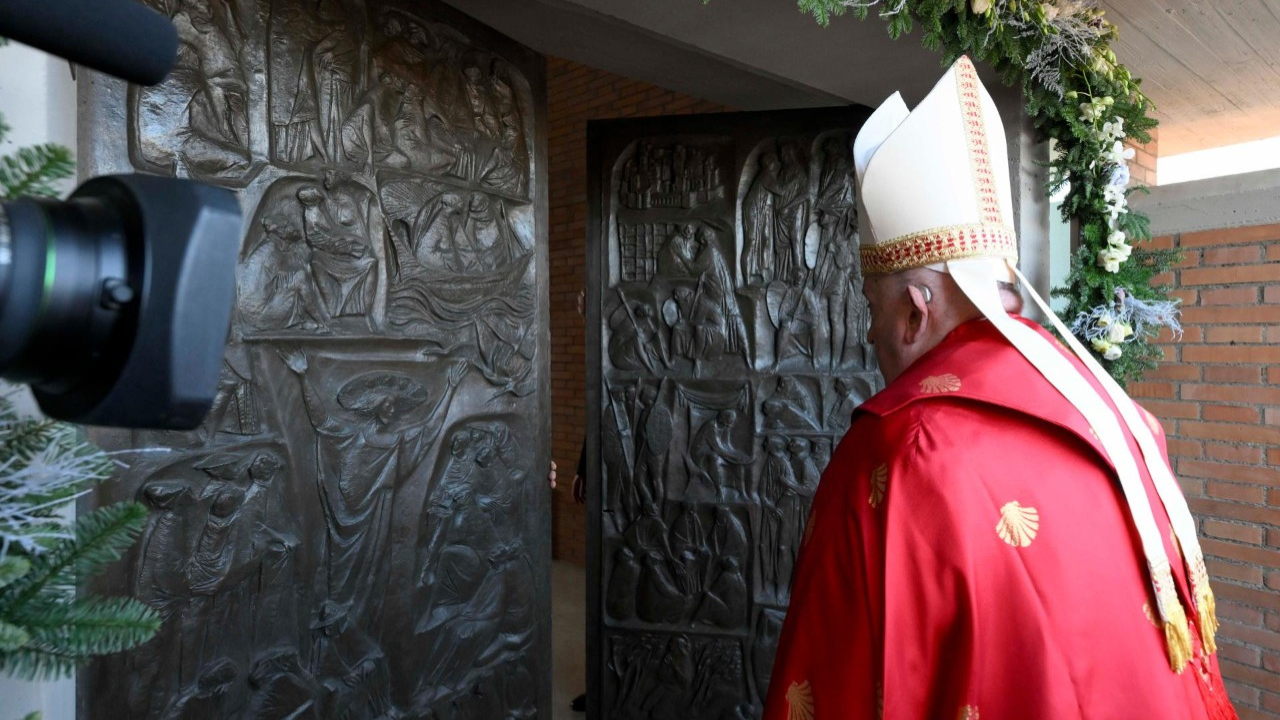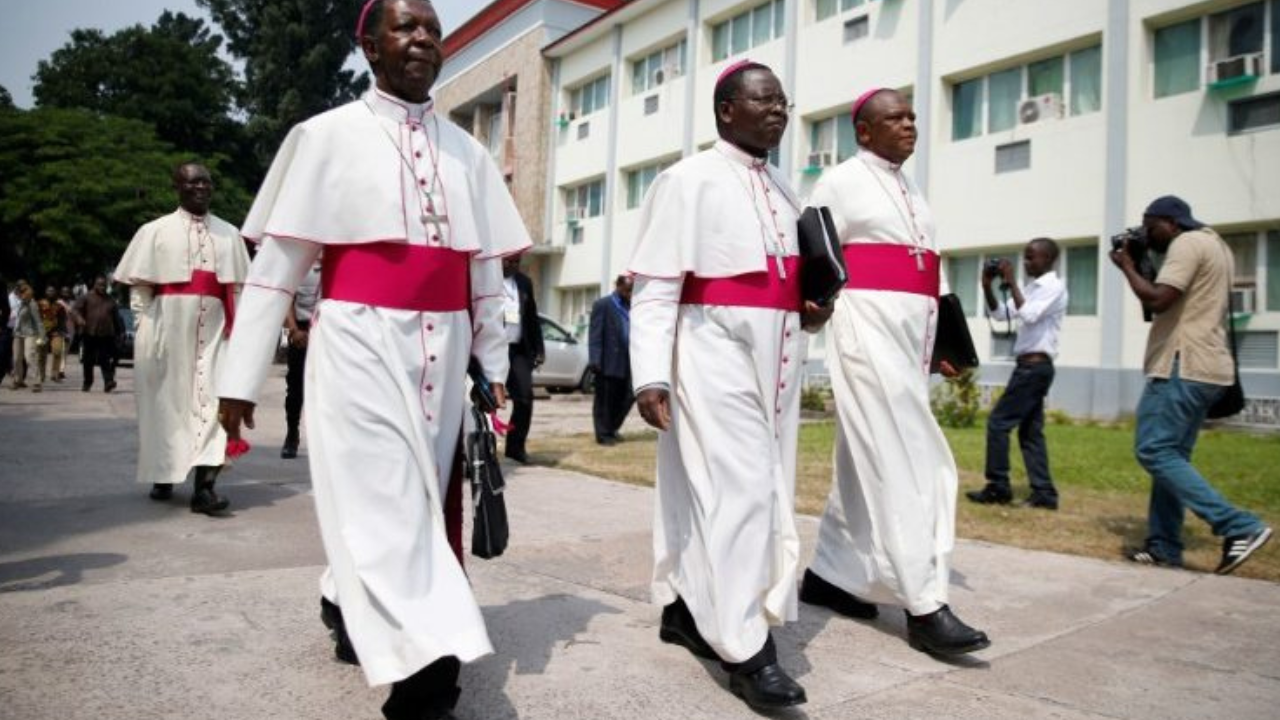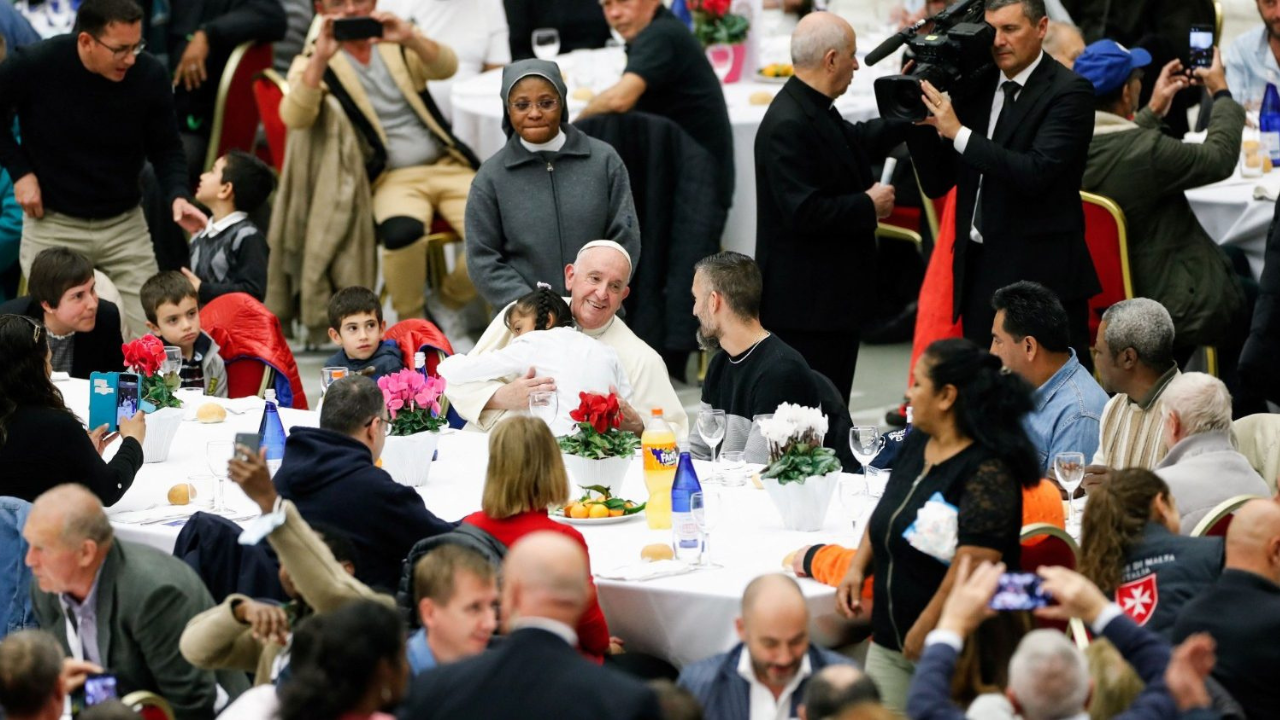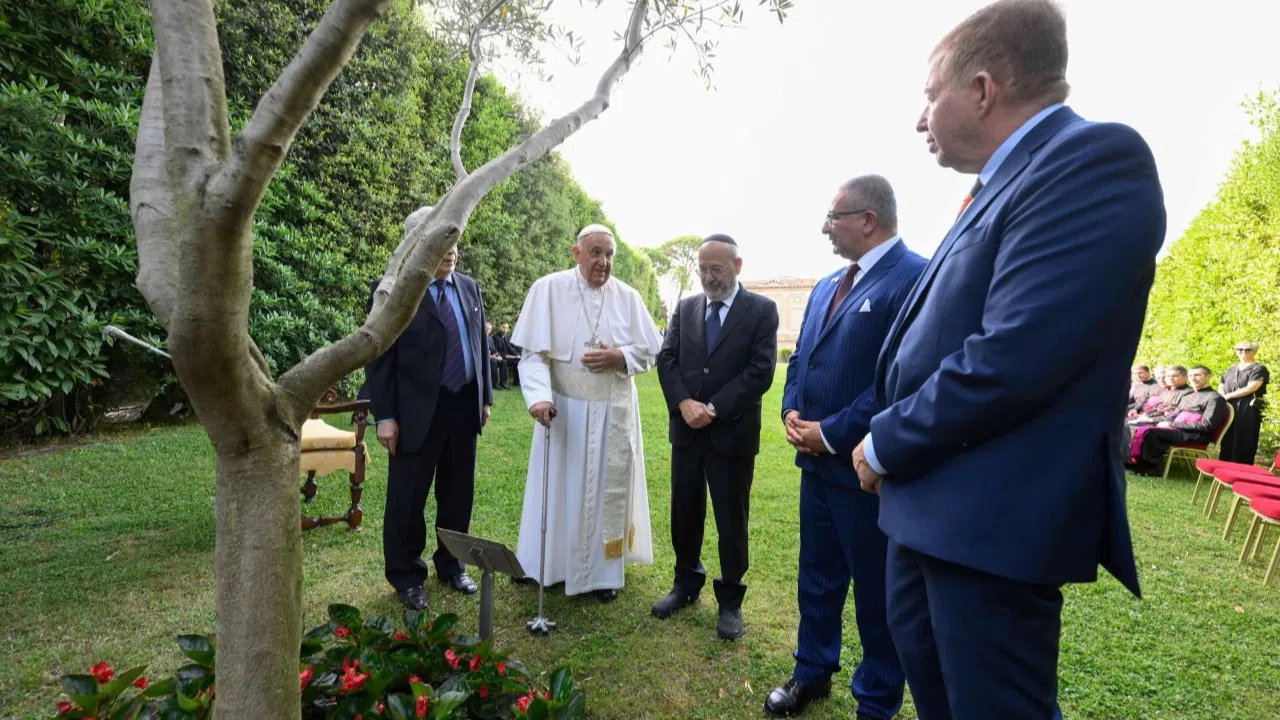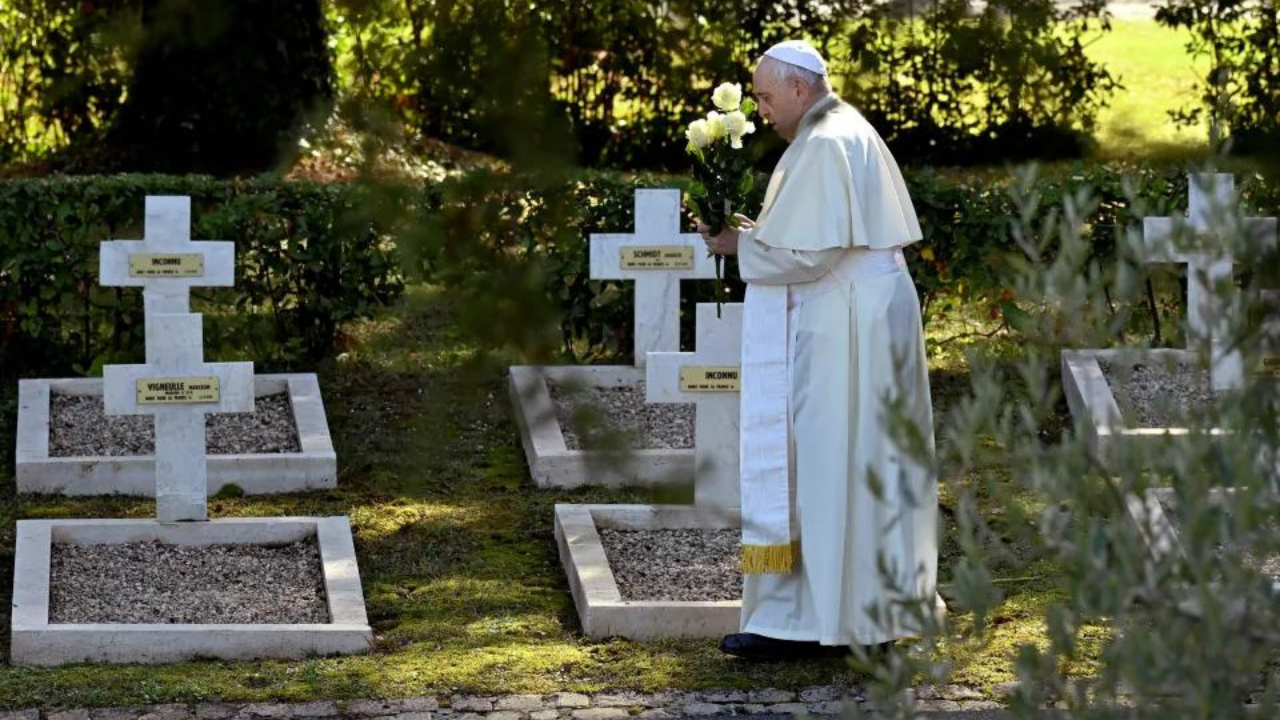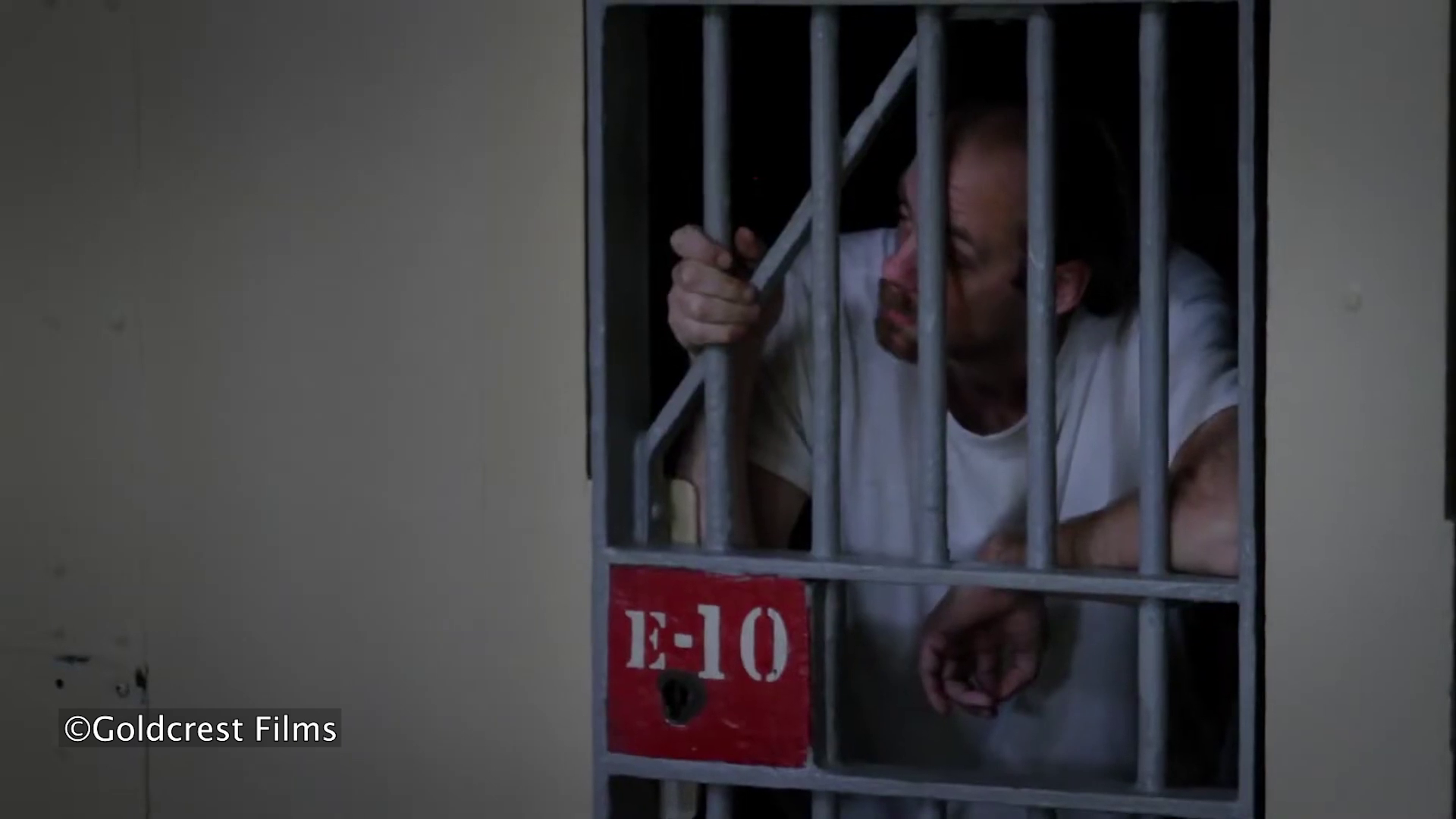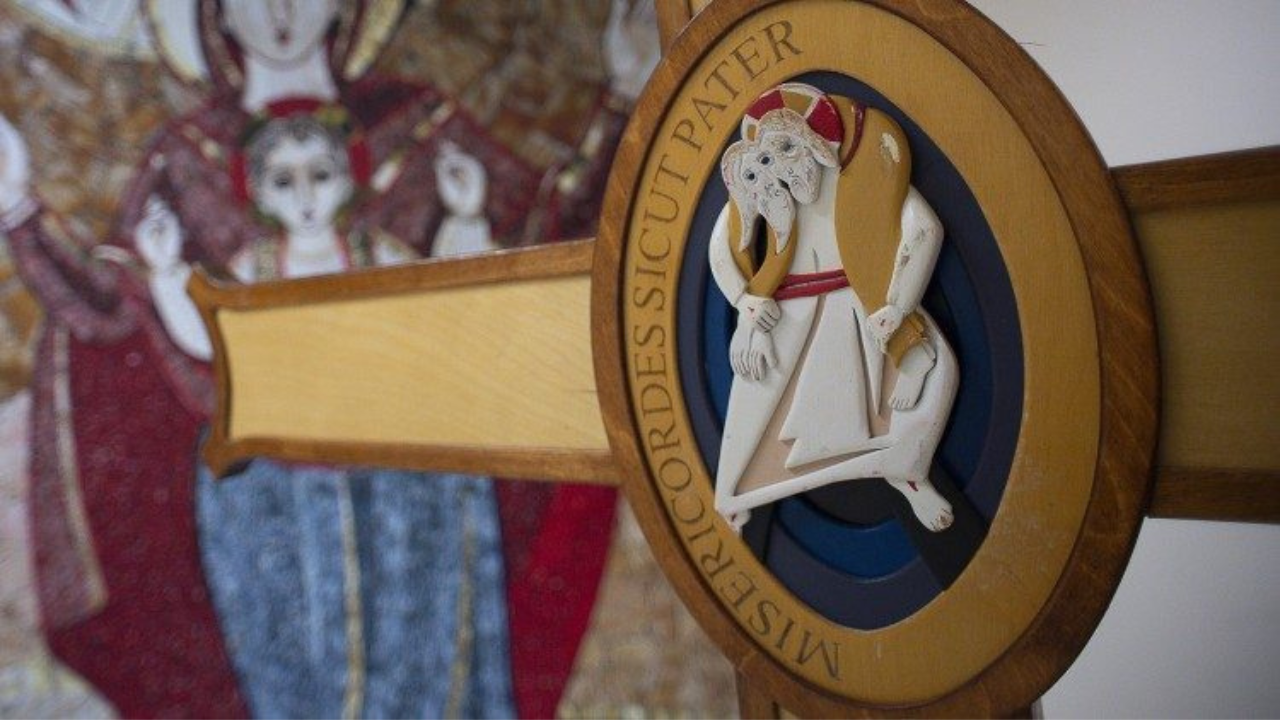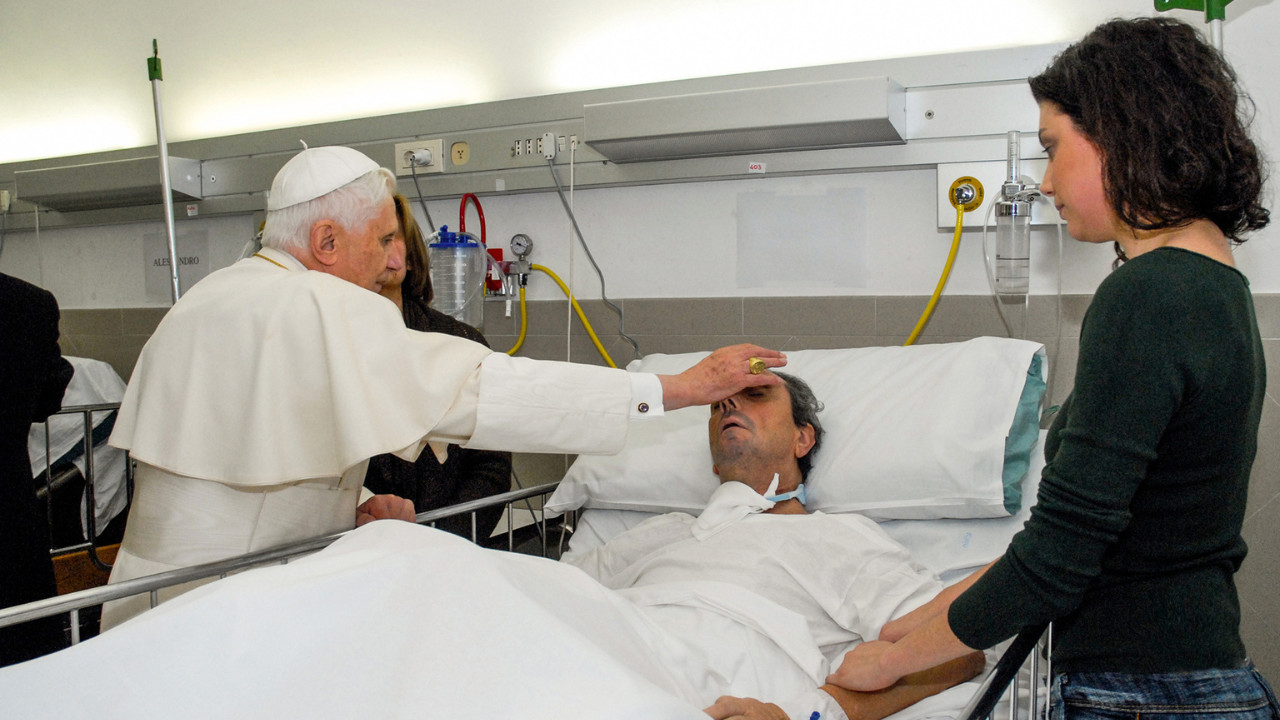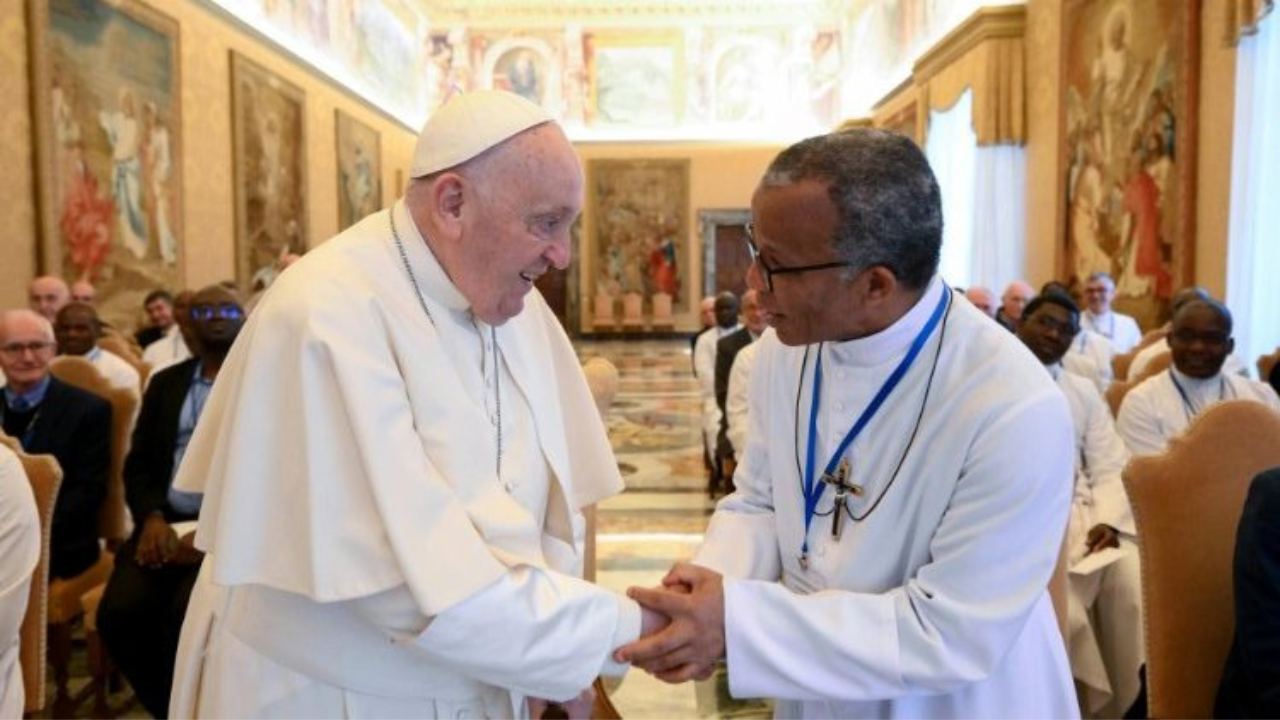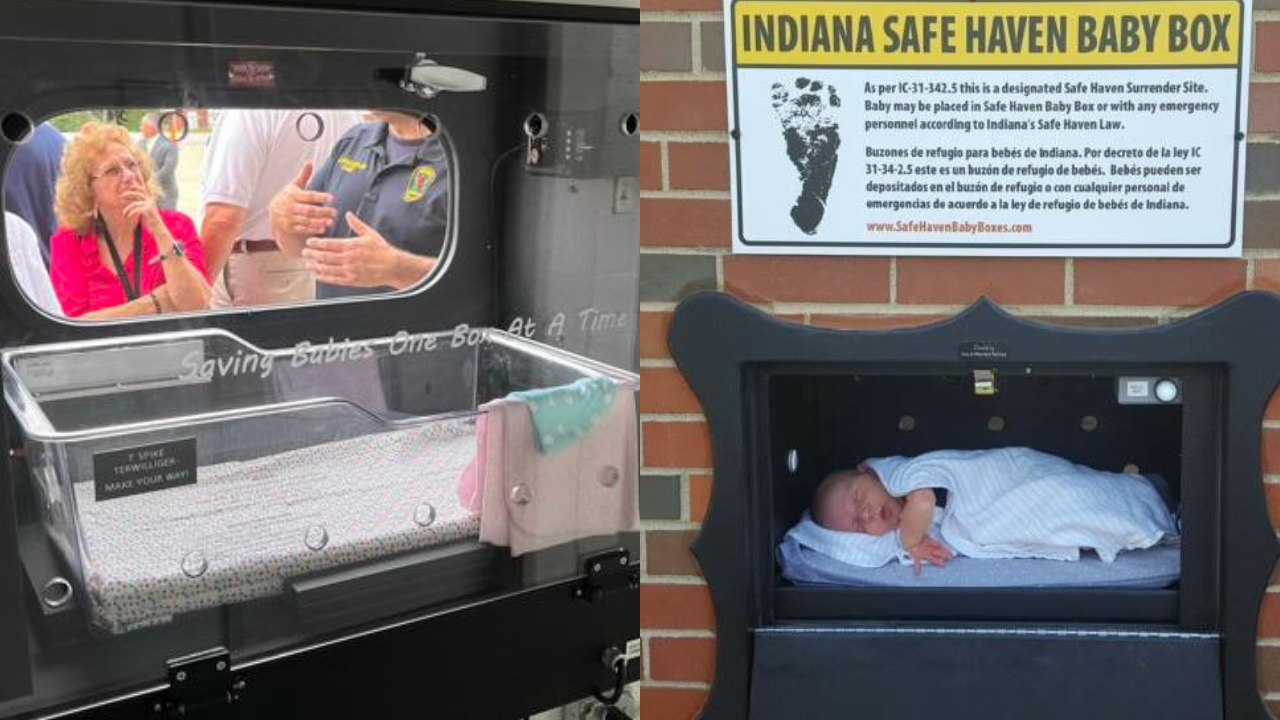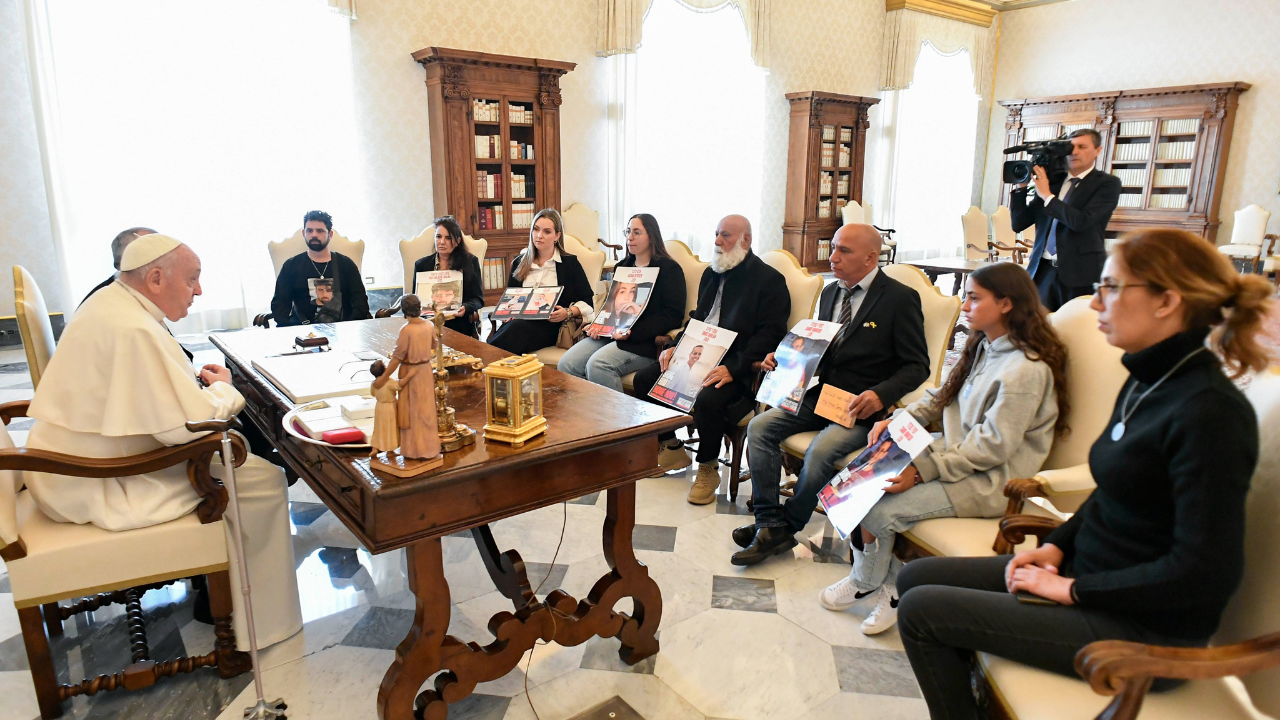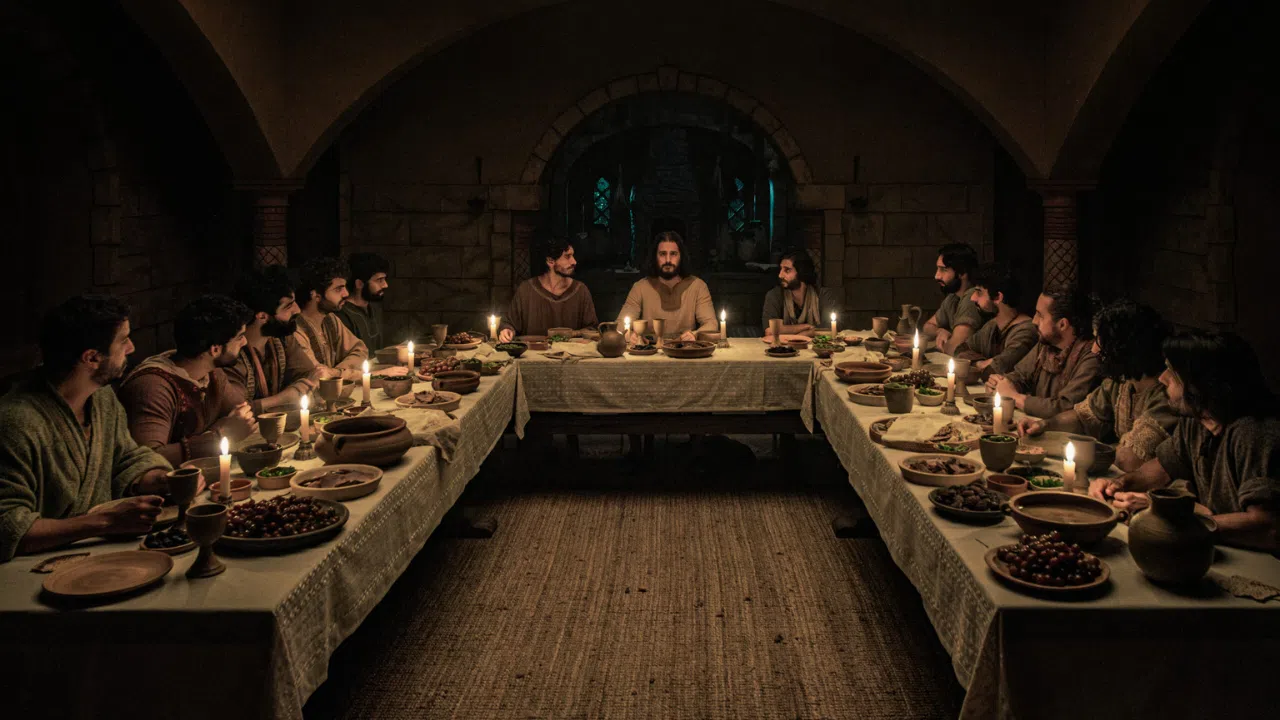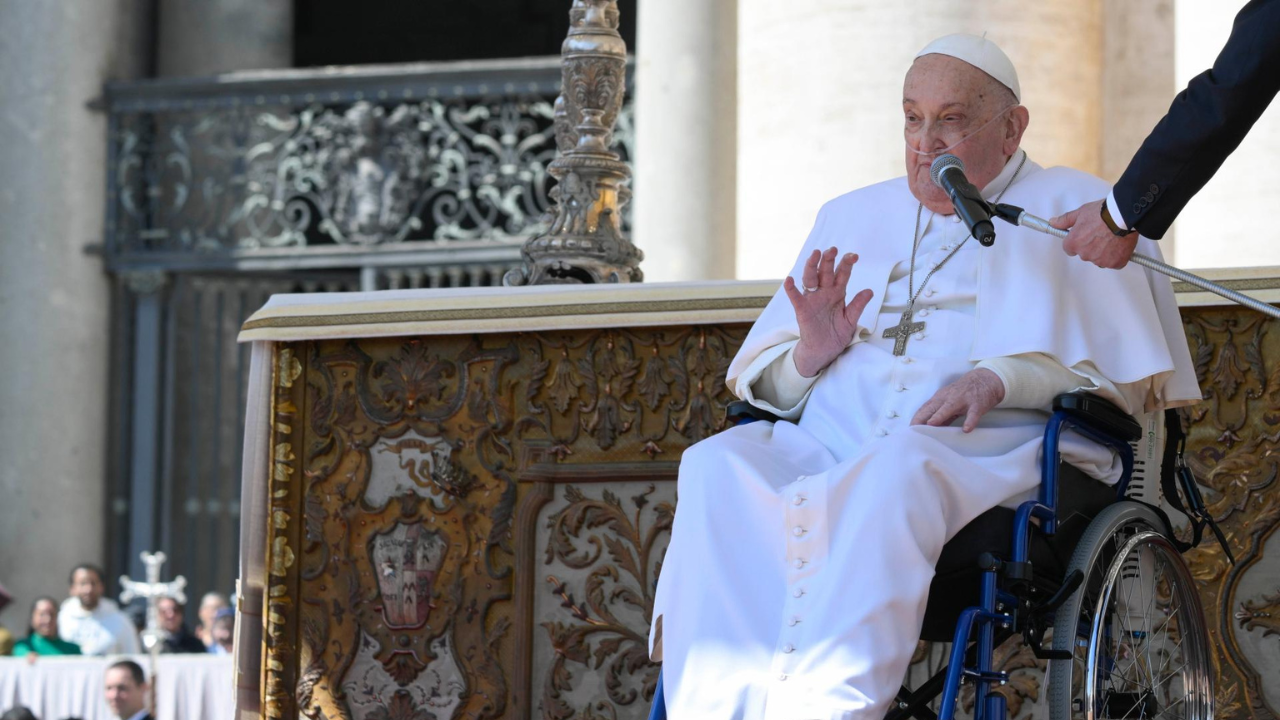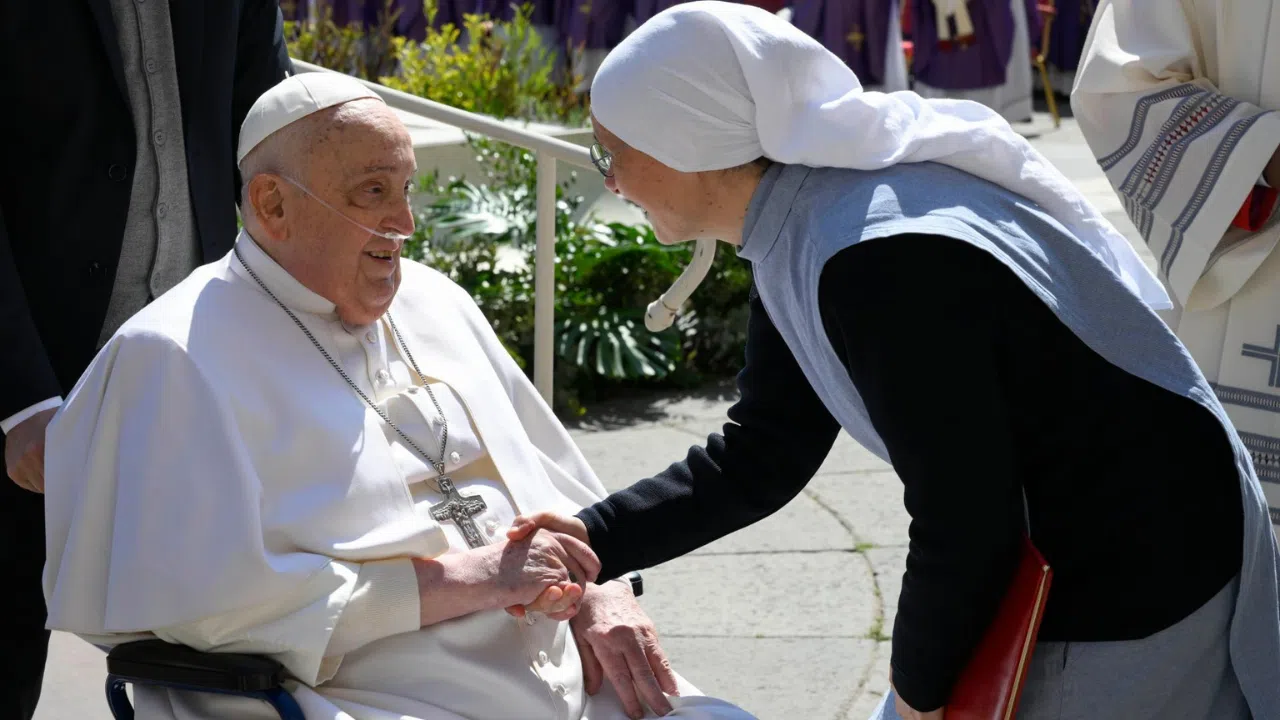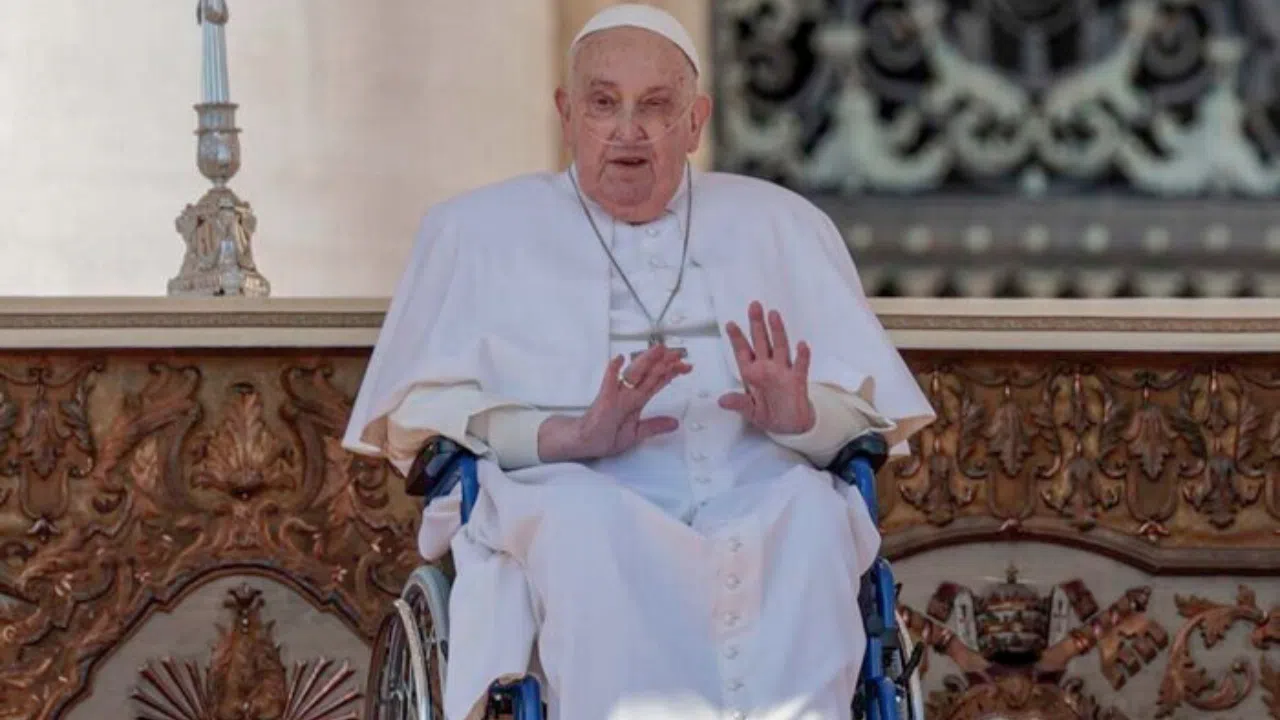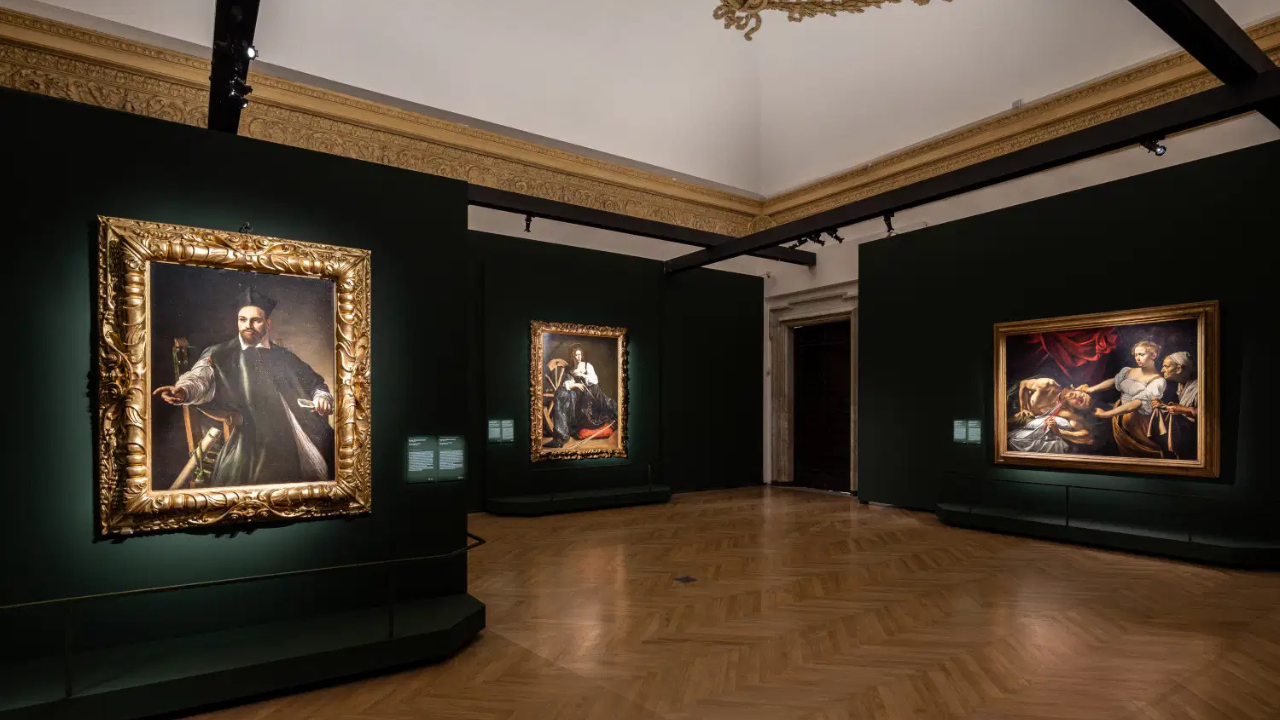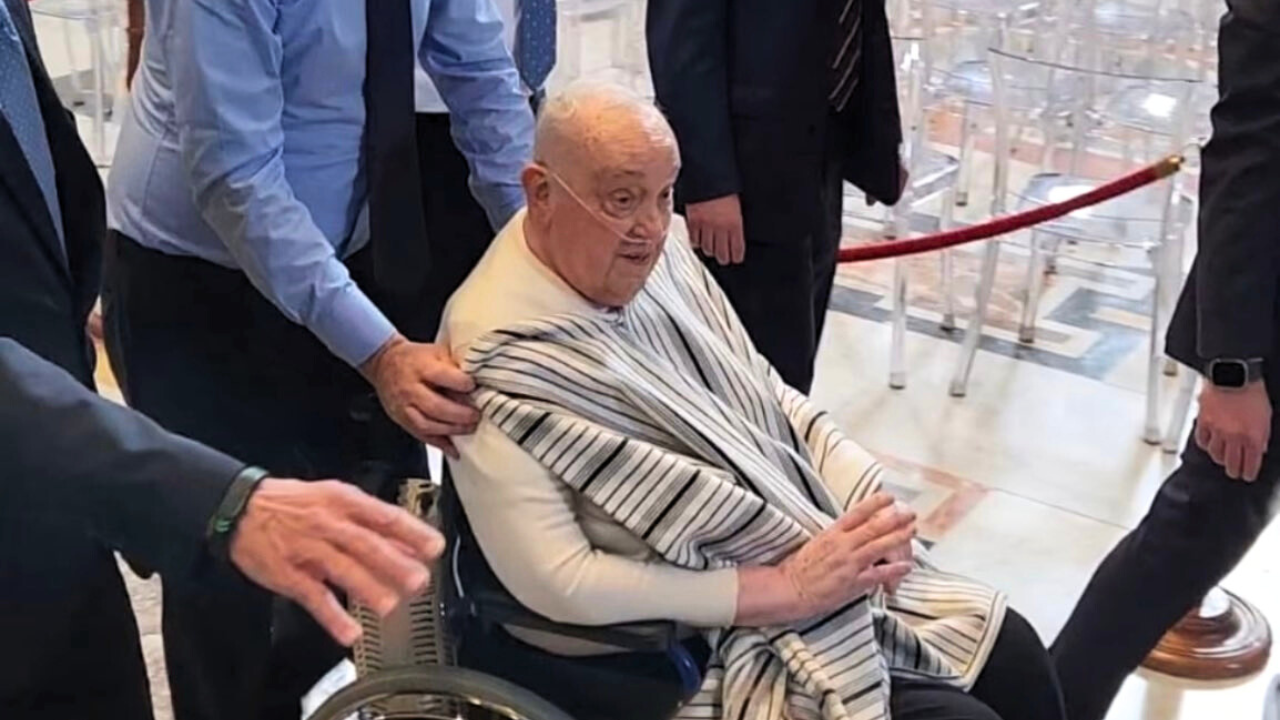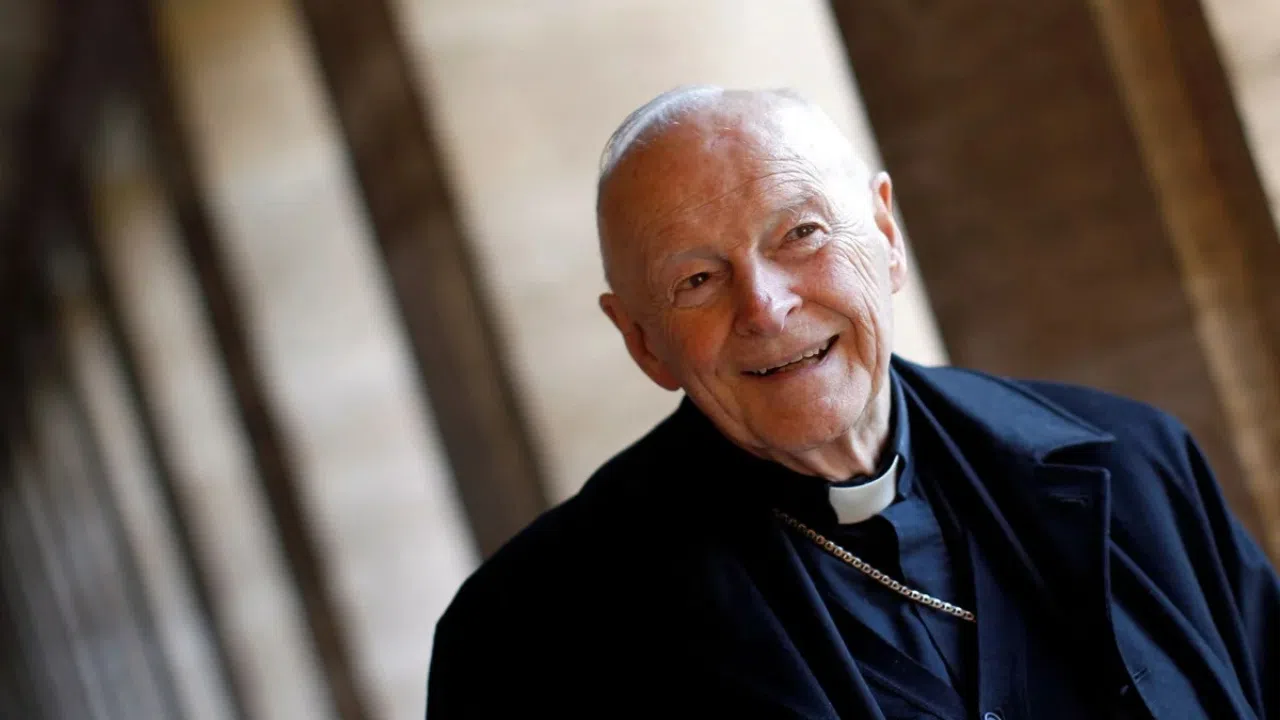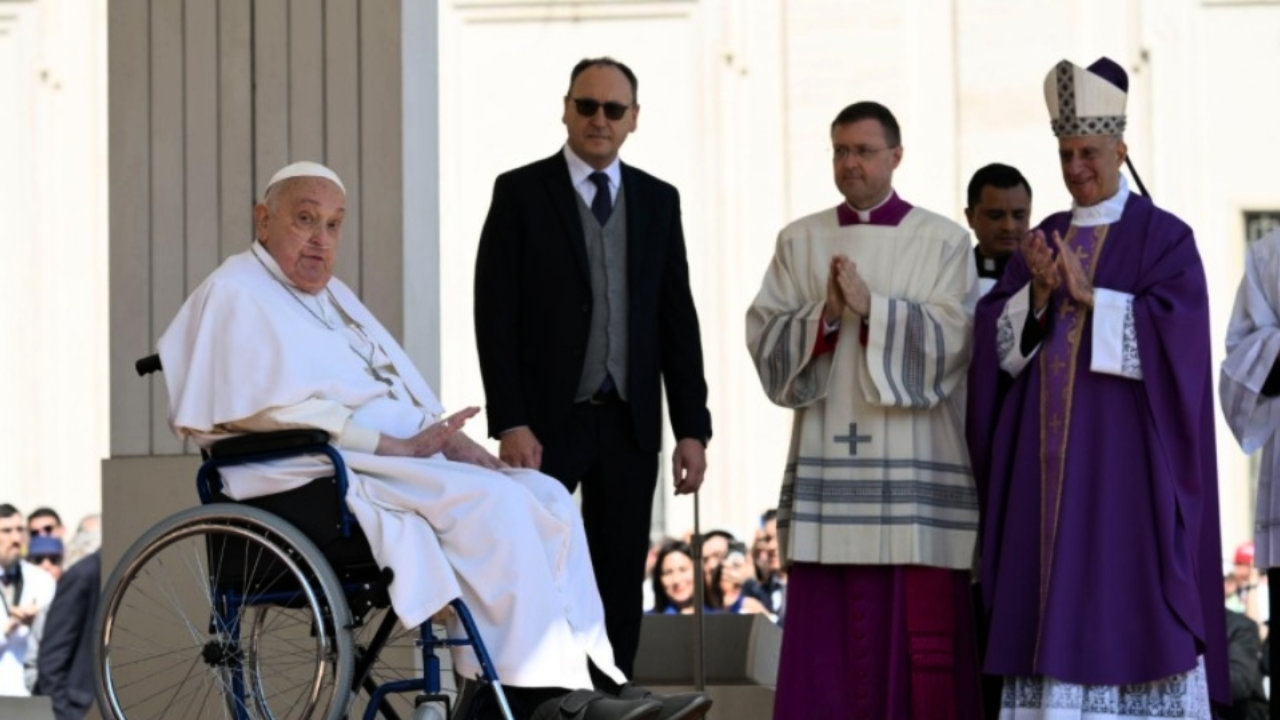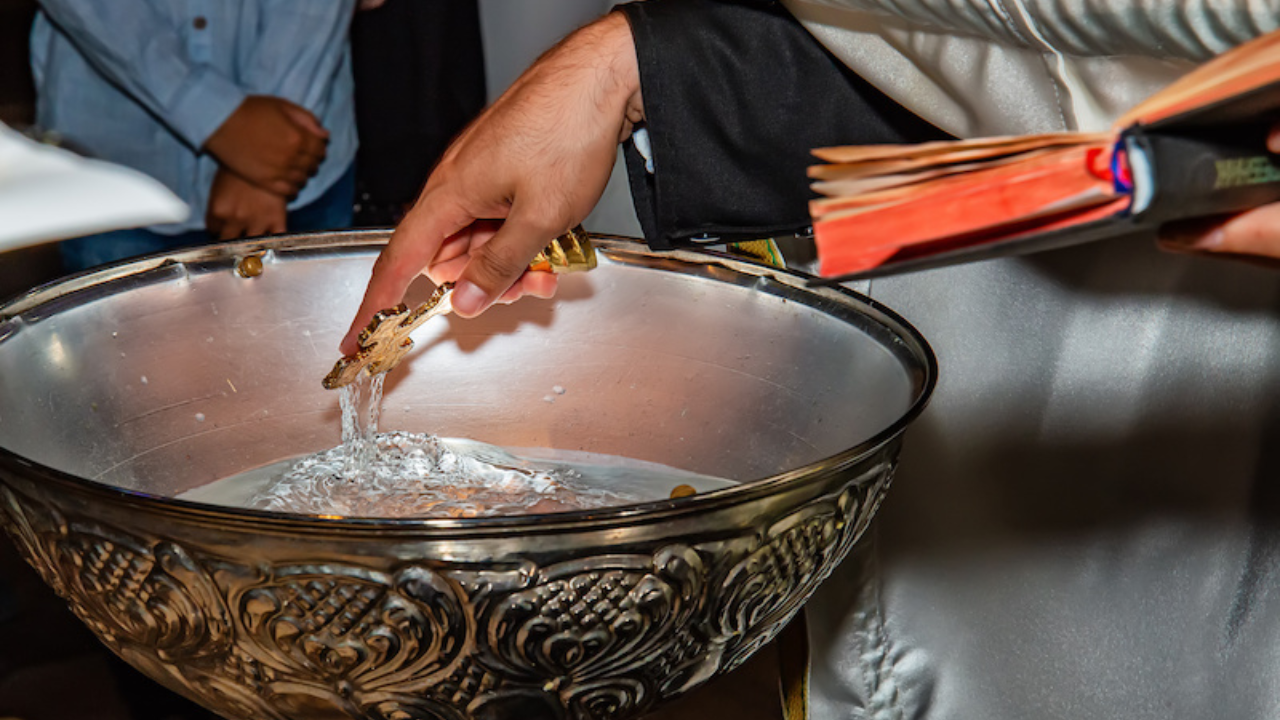'This painting was abandoned, stolen, used as contraband, wrapped, stored and abandoned for many years. In short, forgotten.â?
This is the original image of the Divine Mercy, the same one the painter Eugeniusz Kazimirowski painted in 1934 at the behest of Sister Faustina and her confessor, Father Michal Sopocko. They tried to replicate the image of Jesus as he appeared to Sister Faustina.
Now, a documentary traces the history of this painting that spent decades hidden during the Soviet occupation of Vilnius, the capital of Lithuania. Two nuns risked their lives to hide the painting and ensure its safety.
'Nobody knew of the image in Vilnius. It was confined behind the colossal wall of the Soviet Union. Nobody cared.â?
Finally in 2005, the image found its home in a basilica of Vilnius. That was Saint Faustina's wish, who by then, had already been canonized by John Paul II.
This summer, Saint Faustina will be the patron of the World Youth Day in Krakow. During this meeting, young people are expected to propose devotion to the Divine Mercy Image.
The documentary 'The Original image of Divine Mercyâ? was released last Ash Wednesday and arrives to the United States in March. The writers have launched a website for those who want to project the film at their school or parish.
(http://www.divinemercyfilm.com/screening-request/)
'What better time to unveil the history of the original image of the Divine Mercy than that of the Holy Year of Mercy.â?
The documentary has been filmed in the United States and Europe, with interviews from the archbishops of Vienna, Krakow, Vilnius and Minsk, the president of the Pontifical Council for the New Evangelization, Rino Fisichella. And through archival footage, even Pope Francis makes an appearance in the documentary.
'Will the Pope be featured in this documentary?â?
'Buy him pizza, he likes pizzaâ?
IPC/YA
CTV
JM
-PR
Up:JRB
